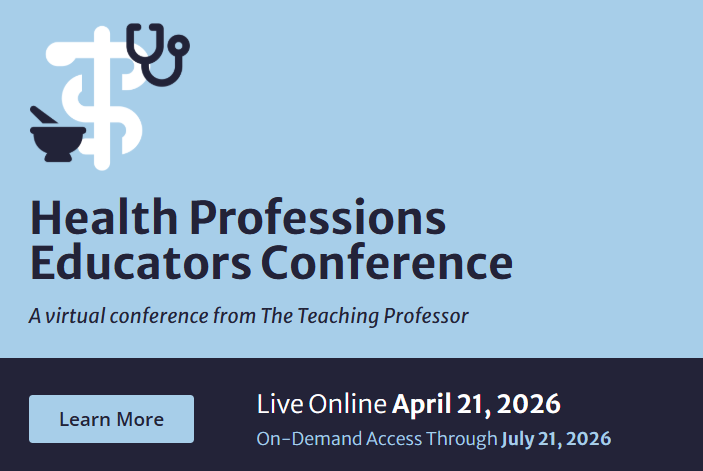Before discussing grading, let me return to assignments and a key point. My students are frequently uncertain about how to write an introduction and a conclusion in a written assignment. Given the powerful role that these parts play in setting the context and leaving the reader with a final impression, I clearly set out what I believe a strong introduction and conclusion should accomplish. I draw especially on Van Evera (1997). In writing an introduction, Van Evera notes that “it can work better to first frame the facts that stir your questions, then frame the questions these facts inspire.” It is also essential for students to introduce any real-world, scholarly debates and controversies on the subject and explain how the research approach connects with these issues. For the conclusion, instructors must underline that it is more than just a summary. I ask students to summarize the central findings and then go further by addressing one or more of the following three points raised by Van Evera.
- What policy implications follow from your discoveries?
- What further research is called for by your discoveries?
- What broader historical questions does your research raise or settle?
The last possibility for the conclusion I explain, could be setting out future scenarios that would either confirm or undermine the student’s argument.
Grading
The best way to grade student work is to grade at exactly the same time every day. Make it a routine: with coffee or tea to hand, grade during the same 90-minute time slot every day. This will ensure that your brainpower is, as far as possible, the same for each piece of work that you assess. While the impact may be relatively small, it is the fairest method of grading.
If we, as scholars, follow a blinded review process, it also makes sense to implement a similar process for student assessment, where feasible. Ask students to only list their student ID rather than their name on assignments. This signals to students that you are serious about removing any small possibility of bias. Should you be able to structure your use of teaching assistants accordingly, double grading is another strategy to determine the value of a student’s work and to communicate to students that the teaching team has put in place the best possible grading system. In my double grading formulation, only one instructor writes comments but two instructors read and grade the work. The student’s final result is the average of the two grades assigned by the readers. If the difference in grades is 12% or greater between the two reviewers, the essay is read by a third reviewer.
You should grade only one question at a time on any assignment with multiple responses. That is, grade one question on all of the papers first. Then grade the next question on all of the papers, purposefully avoiding looking at the grade assigned to the first question. While we are all fair-minded evaluators, this technique removes any small potential bias that may occur. For example, if you grade one response as a C, you may consciously or subconsciously assume that the next response will also be of a poor quality. The same logic applies to higher grades. An additional minor strategy is to mix up the hard copy order of assignments when you receive them to ensure a random distribution.
Grading rubrics
Much has been written on grading rubrics. I will only add a few points. First, I use five categories for rubrics: argument, evidence, structure, writing style, and referencing. Under each category, there are two components: strengths and areas for improvement. Second, presentations should have different grading criteria from written materials. Third, grading rubrics should begin by restating the assessment criteria from the course outline.
While it is rarely practiced, one participant at a teaching conference remarked that some universities provide written feedback to students first, and then a day later, the grades are released. This is a thought-provoking model that increases the likelihood that students will reflect on your substantive evaluation of the piece. Still, it is a controversial model and one that students may oppose. Nonetheless, raising it here may lead you to brainstorm other ways that can encourage students to reflect on the comments you have made. The final suggestion I would make regarding grading is that you should only respond to a student’s concerns about grades if they write a detailed e-mail that engages with the grading criteria and your comments.
Further readings and final words
One of my favorite pieces on teaching, which I would recommend to all new members of the teaching profession, is Sperber (2005). The main message in this article is that you should teach according to your personality and not according to another voice that you think a teacher should have. As Sperber wisely points out, “Most students possess a superb radar that quickly locates phoniness in professors.” Certainly, you should aim to refine your teaching approach, but never try to be someone other than yourself.
On the links between theories of teaching and learning and course design, Hanstedt (2018) is an accessible guide.
For inspiration, take a few minutes to read Soper (2010) on music and teaching. Soper invites students to recommend songs on given topics that connect music and society. Next, he plays in class those songs for which students have staked out original claims. Go further and picture yourself walking into class with a favorite or meaningful song playing! Following Sperber, this style of teaching may not suit your personality, but hopefully Soper’s classroom-friendly and stimulating exercise can spur you to take risks in your own teaching. One should always experiment through a process of trial and error to expand one’s teaching portfolio, while still staying true to one’s teaching philosophy.
My last piece of practical advice is especially significant given today’s digital generation and the increasing importance of online learning. Instructors must remain up to speed with the use of video. Derek Muller is considered a pioneer in using videos effectively. His specialty is bringing science to life on his YouTube channel Veritasium. Instructors may be able to learn from Muller how to create simple but powerful videos for their classes.
To return to the starting point of this series, Lang’s work is an invaluable guide to teaching. His analysis is matter of fact yet theoretically informed; it draws out practices found in classrooms from many disciplines and demonstrates that they can be applied universally. Lang’s (2008) week-by-week structure is informative and his 2016 book, Small Teaching: Everyday Lessons from the Science of Learning, is full of engaging theory, including the relationship of concepts to individual life. This series in Faculty Focus follows in the footsteps of Lang and contributes a set of practical suggestions for new faculty members as they seek to define their teaching philosophy and techniques.
Justin Robertson is an associate professor in the Department of Asian and International Studies at the City University of Hong Kong. He is a scholar of the international political economy with his research focused on new capitalist forms in emerging markets. He is the author of Localizing Global Finance: The Rise of Western-Style Private Equity in China and US-Asia Economic Relations: A Political Economy of Crisis and the Rise of New Business Actors. He has had articles published in Globalizations, Global Networks, International Political Sociology, New Political Economy, The Pacific Review, and Review of International Political Economy. A teaching award winner, his teaching approach is founded on encouraging students to conduct primary research, directing a lively classroom featuring interactive software and problem-solving exercises and connecting students with experts in the field and having students share their findings with practitioners.
References
Hanstedt, Paul (2018) Creating Wicked Students: Designing Courses for a Complex World, Sterling: Stylus Publishing.
Lang, James M. (2008) On Course: A Week-by-Week Guide to Your First Semester of College Teaching, Cambridge: Harvard University Press.
Lang, James M. (2016) Small Teaching: Everyday Lessons from the Science of Learning, San Francisco: Jossey-Bass.
Sperber, Murray (2005) “Notes from a Career in Teaching” The Chronicle of Higher Education, 9 September.
Soper, Christopher (2010) “Rock and Roll Will Never Die: Using Music to Engage Students in the Study of Political Science” PS: Political Science & Politics, Vol. 43, No. 2, 363-367.






